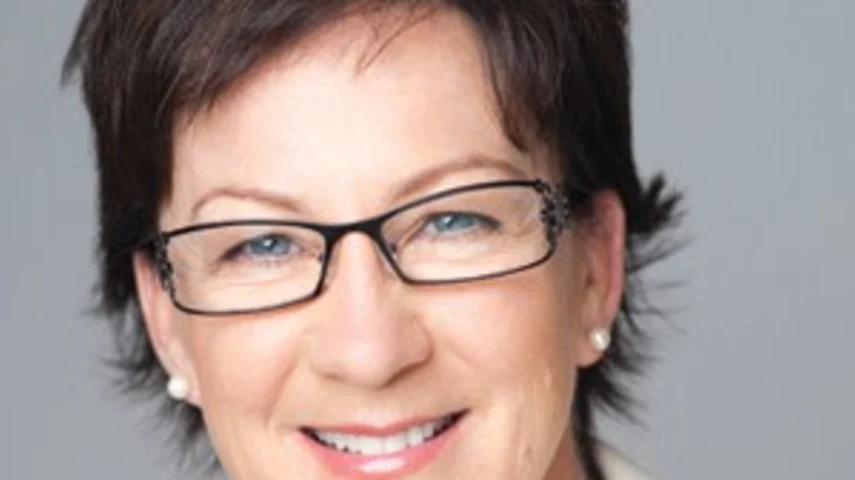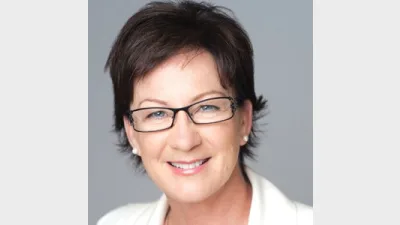Call to open up infrastructure investment to SMSFs



With Government attention firmly focused on how to raise the billions of dollars required to meet Australia's growing infrastructure needs, now was the "opportune time" to open up infrastructure investment to the SMSF sector. This was the view of SMSF Association chief executive officer, Andrea Slattery.
According to Slattery, although the SMSF sector has nearly $600 billion in funds under management (FUM), it is barred from investing in infrastructure.
"This is despite the fact that infrastructure assets have an obvious attraction for SMSF trustees who are looking for long-term investment horizons and healthy yields in a low rate environment," said Slattery.
The SMSF Association believes there are currently three main factors inhibiting direct SMSF investment in infrastructure. They are:
- The high costs involved in infrastructure investing. With the average SMSF with just over $1 million in FUM, investing in infrastructure was the domain of institutional investors;
- Illiquidity. SMSF trustees need to be able to trade their holding quickly if market conditions or financial circumstances change; and
- The high entry and expensive ongoing management fees that infrastructure investments can attract.
Slattery said while these issues have proved an "insurmountable barrier to entry" in the past, there was no logical reason why this had to be the case.
"Options include offering unitised investments in smaller parcels (our recommended figure is $25,000) or infrastructure bonds," she said. "Another possibility is ASX-listed infrastructure funds."
Slattery added that another attraction for SMSF trustees was the risk profile of some infrastructure assets. While she conceded that greenfield projects came with higher risk, and may require some form of government-backed guarantee, at least in the early stages, established infrastructure (brownfield) has a risk profile that typically sits between cash and fixed interest and property and equities.
"For trustees, particularly in the pension phase, it offers both a degree of security and potentially higher yields than what they can currently get from cash or term deposits," Slattery said. "Indeed, the income from this asset class could be used to fund income streams in retirement — a type of annuity."
Recommended for you
Data and technology provider Novigi has acquired Iress’ superannuation consulting and managed services business from Apex Group.
AMP is to launch a digital advice service to provide retirement advice to members of its AMP Super Fund, in partnership with Bravura Solutions.
Unveiling its performance for the calendar year 2024, AMP has noted a “careful” investment in bitcoin futures proved beneficial for its superannuation members.
SuperRatings has shared the median estimated return for balanced superannuation funds for the calendar year 2024, finding the year achieved “strong and consistent positive” returns.









